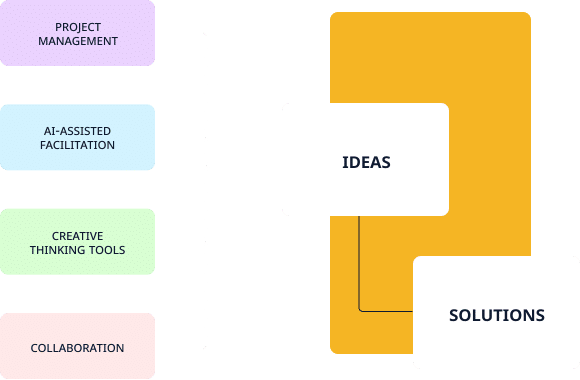By use case
Achieve tangible and sustainable improvements in operations through a problem-solving approach that identifies, analyzes, and resolves issues, leading to increased efficiency, reduced costs, and enhanced quality.

Successful process improvement is achievable through a problem-solving approach as it systematically identifies, analyzes, and resolves issues. This method ensures efficiency gains, cost reduction, and quality enhancement, leading to tangible and sustainable improvements in operations.
Process improvement cannot simply be done “upon request”. Instead, it requires a continuous effort that makes sense and brings guaranteed success. Conducting process improvement continuously is crucial. The presence of ongoing process improvement serves as a clear indication that the production is in a healthy state.
What is the strategy for process improvement? What is the goal of process improvement? It’s quite simple. What is an ideal process? Is it one that has low cost, high effectiveness, high yield, etc.? No. An ideal process is one that doesn’t actually exist: the function exists, but the process itself does not. Therefore, the strategy for process improvement is clear: shorten processes, eliminate operations that provide no value, and enhance operations that create value for the product.
Any process consists of sequential operations. Below are four types of operations, along with their descriptions and recommendations:
Process improvement is a problem-solving procedure that requires relevant skills, experience, and knowledge of problem-solving tools.